Nokia’s lunar network completes a major field test in Colorado
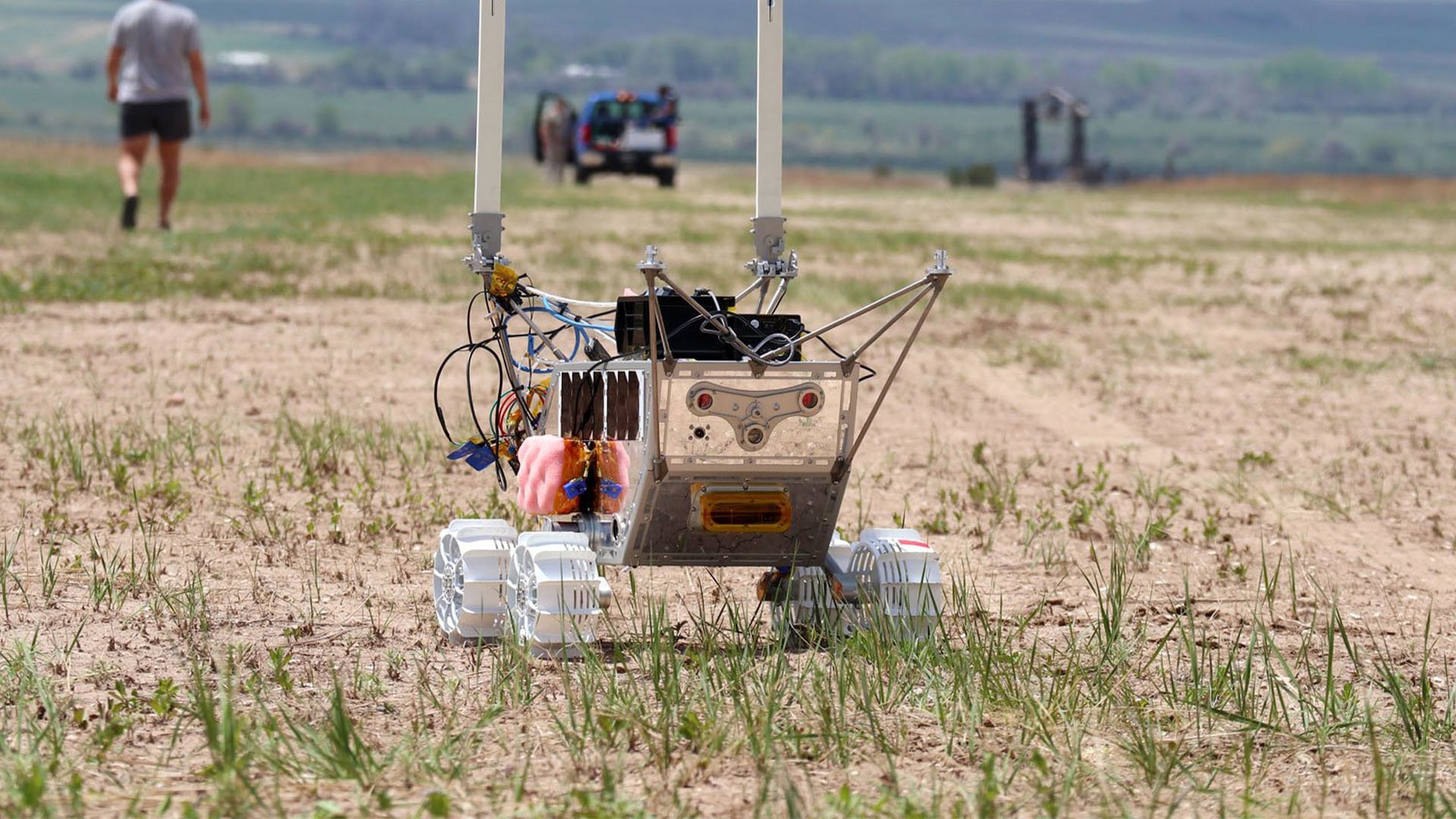
This summer, Nokia, Intuitive Machines and Lunar Outpost successfully conducted a major field test of the lunar network bound for the Moon. Setting up at the Southern Colorado Autonomous Test Facility, we established an end-to-end network using Engineering Development Units (EDUs) identical to and configured in the same way as our lunar equipment. We performed a live test of the network, linking the Lunar Outpost MAPP rover and Intuitive Machines’ Micro Nova hopper to a simulated version of Intuitive Machines’ Nova-C lander mounted on a van to emulate the height of the actual Nova-C lander on the lunar surface.
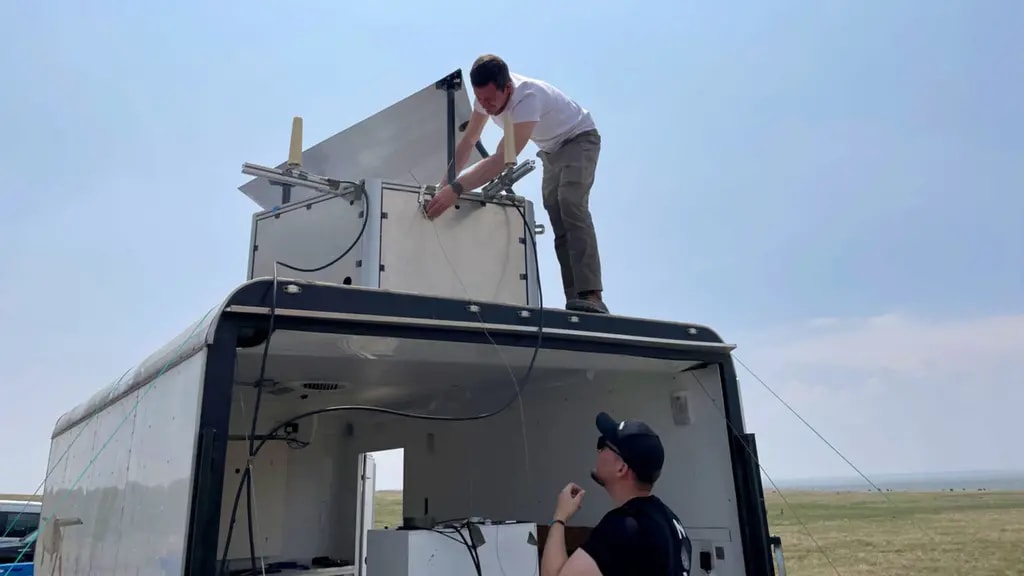
Using the network’s 4G/LTE connection, Lunar Outpost mission controllers were able to take remote command of the MAPP Rover with their Stargate mission control software. The network collected and transferred real-time telemetry information and images from the rover’s cameras to assist controllers in driving the vehicle.
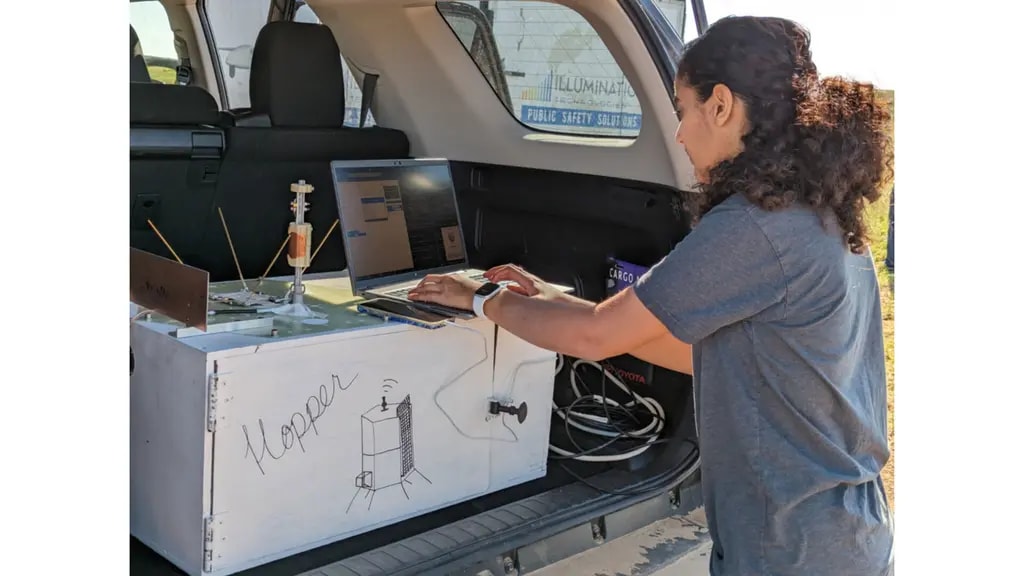
Intuitive Machines performed a similar mission emulation with the Micro-Nova Hopper, though in this case the hopper’s movements were entirely simulated as its hydrazine rockets can’t achieve the necessary thrust in Earth’s gravity. We also executed mission procedures in preparation for the lunar mission and tested the performance of the 4G/LTE network at different ranges. We were thrilled to find that the network exceeded our mission targets in every instance.
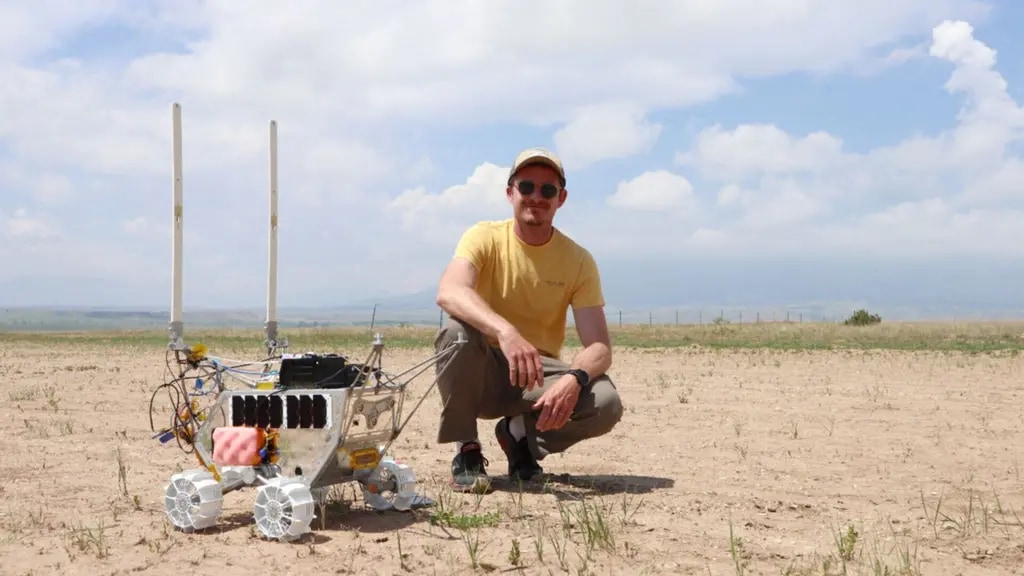
While we gave the MAPP rover and Micro-Nova hopper quite a workout, the environment was not exactly the same as what we will encounter during the mission. On the Moon, the rover will be traversing fine lunar dust, not rocky ground. It will experience only one sixth of Earth’s gravity, and it will face no wind or air resistance as the Moon has no atmosphere. Still, both the rover and hopper maintained a constant connection over our network while conquering the terrain of Colorado. That gives us a lot of confidence it will be right at home on the lunar landscape.
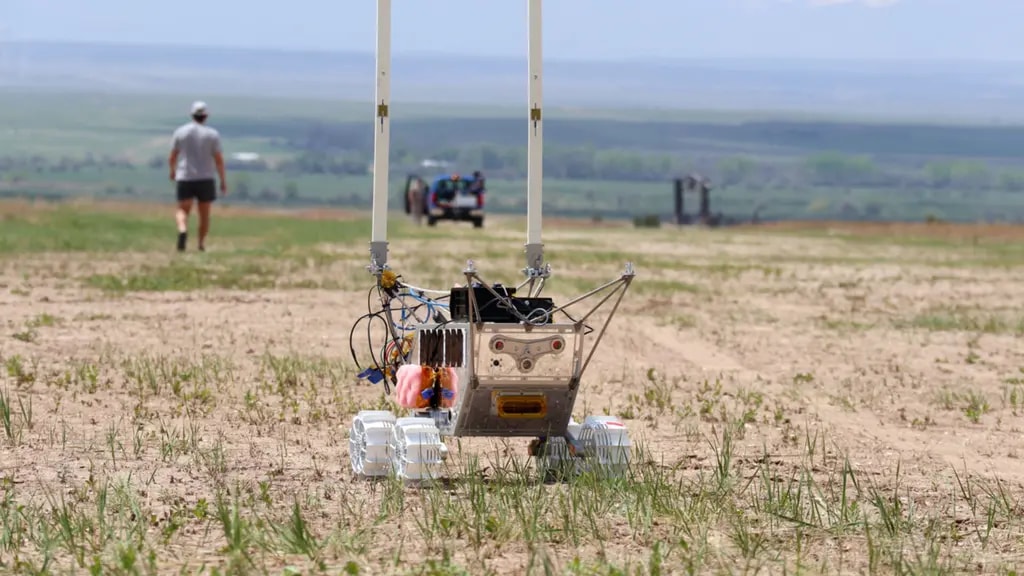
When all is said and done, the test was a resounding success. Our partners were really impressed with the network performance, the coverage range and the data rates achieved, and the overall robustness and stability of the system. We have done countless calculations, lab simulations and tests, but there is nothing like putting our network to the test in the field in a real-world environment. It makes us all even more excited for the actual lunar mission ahead.
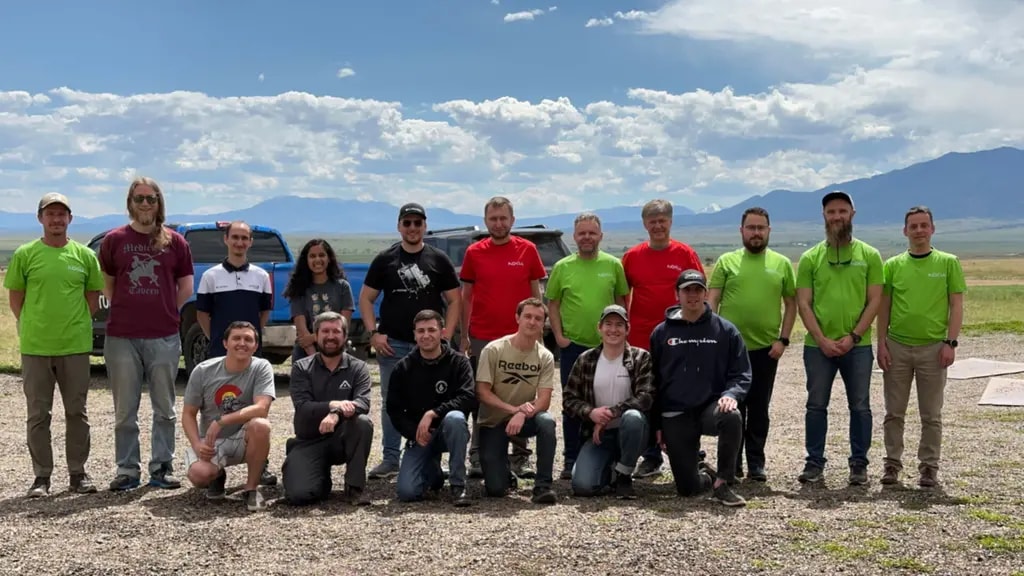
PHOTO CREDITS: Rover images courtesy of Lunar Outpost; All other image courtesy of Nokia Bell Labs
